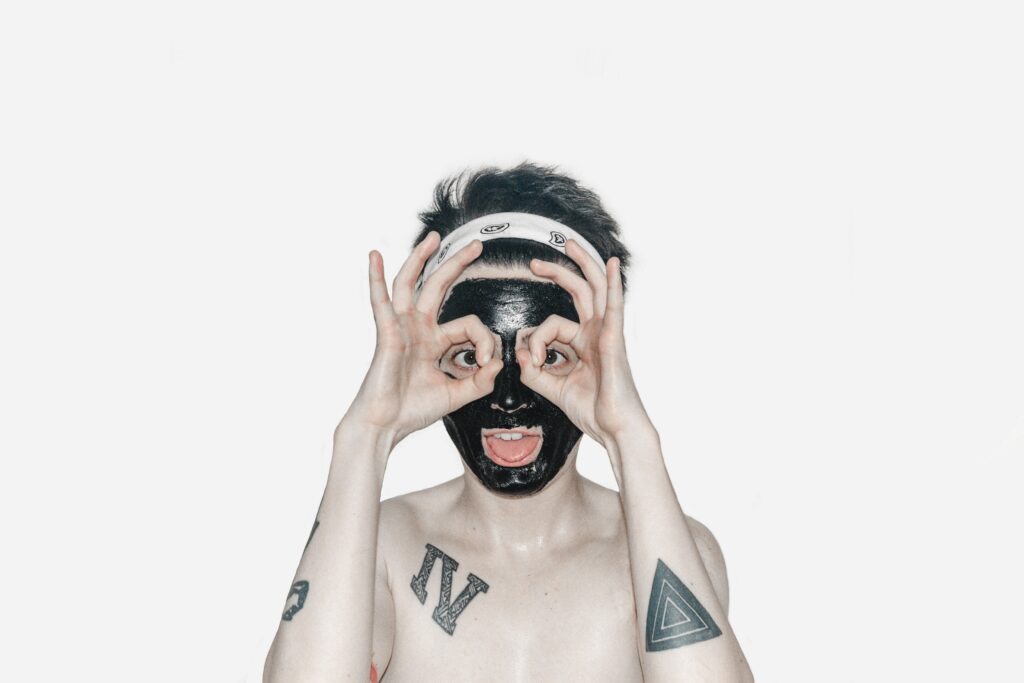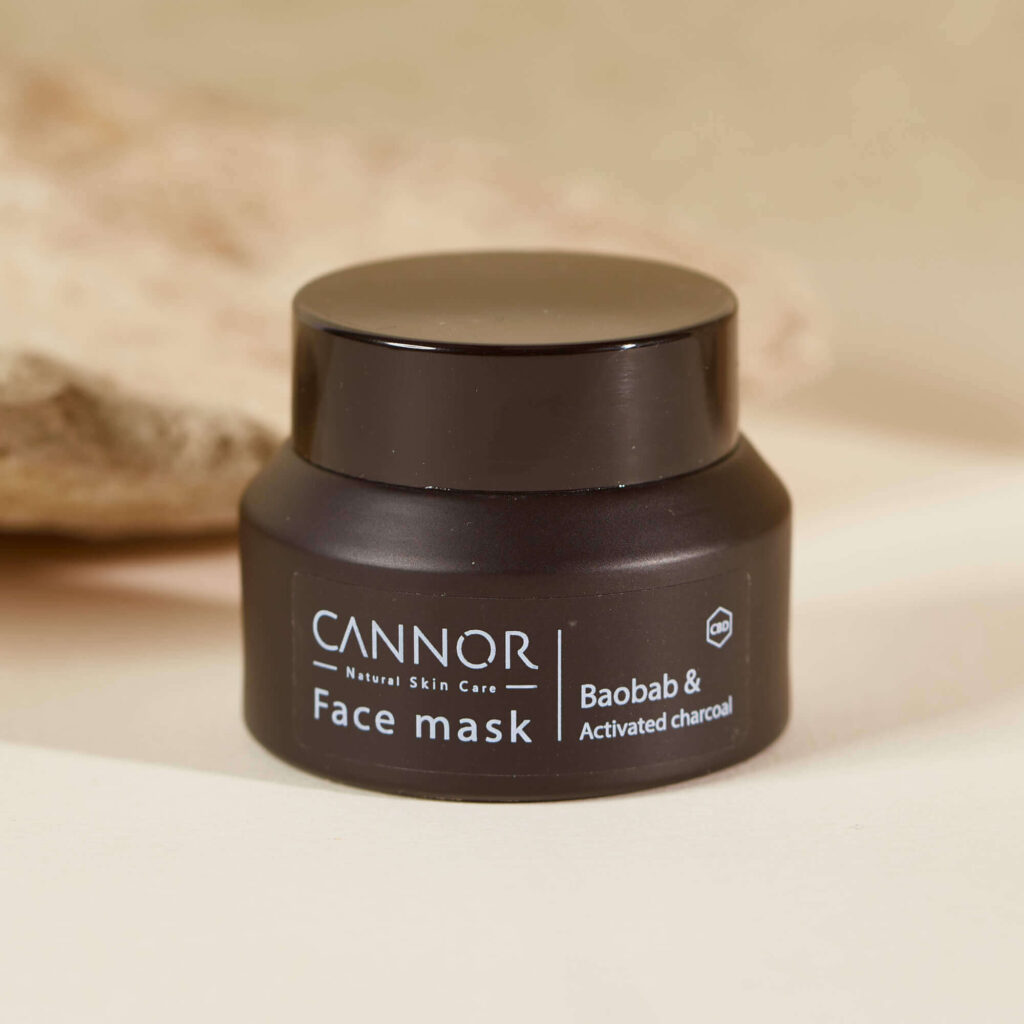Goodbye, Acne. Why You’ll Love Activated Charcoal in Cosmetics
Activated charcoal has recently become a popular ingredient in all kinds of cosmetic products – you can find it in peelings, shampoos and face masks. It is in these that it is very effective. Why? Because it can remove bacteria and impurities from the skin. This makes it suitable for skin that suffers from acne.

Activated charcoal is suitable for both external treatment (on the skin) and internal use. Activated charcoal has been used in traditional medicine since the time of the Egyptians, who applied it to remove odor from infected wounds. Currently, doctors use it to treat moderate to life-threatening intoxications . It is used, for example, in poisoning or drug overdose . Thanks to its ability to prevent the body from absorbing cholesterol in the intestines, it can help lower cholesterol .
One study even showed that activated charcoal can help people with chronic kidney disease by helping the body get rid of toxins. It is also used to treat insect bites, which can cause itching and swelling of the skin, thanks to its ability to neutralize toxins in insect venom.
What is activated carbon?
Activated charcoal is made from naturally carbon-rich materials such as bamboo, coconut or wood, which are heated to high temperatures and turned into a powder. This process creates micropores in the charcoal, increasing its surface area and its ability to trap toxins and chemicals. Activated charcoal therefore has excellent absorption properties, deeply cleansing the skin , not only from bacteria, but also from deposits, sebum and toxins.
Acne is not just a problem for teenagers , unfortunately it can affect skin at any age. How does acne actually occur? Simply. By the accumulation of dead skin cells, sebum and bacteria that get trapped in the pores of the skin. The bacteria that cause acne can cause pimples, blackheads and other inflammatory sores, which leads to irritation, redness and swelling. The antibacterial properties of activated charcoal will help remove bacteria from the pores, thereby reducing acne.
Activated charcoal in a mask. How to do it?

Before applying the charcoal mask, cleanse your skin thoroughly. A clean face helps the mask penetrate the pores. Apply the mask evenly to your face, including your forehead, cheeks, nose, and chin. Gently massage the mask into your skin with your fingertips or a soft-bristled brush. Be careful not to get the mask in your eyes. Leave the mask on for 15 minutes, then rinse with warm water. Gently pat your face dry, then apply a moisturizer.
When buying a face mask, choose one that contains ingredients appropriate for your skin type. If you have oily skin, look for a charcoal mask that contains clay. This ingredient can help absorb excess oil, according to studies . Black clay is a natural anthracite mineral that is perfect for cleansing the skin. It absorbs excess oil and dirt, unclogging pores.
Thanks to its anti-inflammatory properties, it will be appreciated even by people with very sensitive skin. Together with activated charcoal, it makes a perfect pair in the fight against acne. If you have dry skin, choose an activated charcoal mask with moisturizing ingredients such as hyaluronic acid, olive or jojoba oil.

Baobab and activated charcoal face mask
Activated charcoal, black clay, zinc oxide or carrot . Baobab and activated charcoal face mask for impure acne-prone skin absorbs toxins, helps heal wounds, deeply cleanses pores and helps regulate excessive sebum production. Acne can afflict people of all ages. That is why the black mask with baobab powder and activated charcoal will provide relief with its anti-inflammatory effect even for problematic and impure skin, which also needs to slow down the aging process. It soothes and cleanses the skin, significantly accelerates the healing of inflamed areas, while protecting against free radicals and pampering the skin. ( 30 ml)



